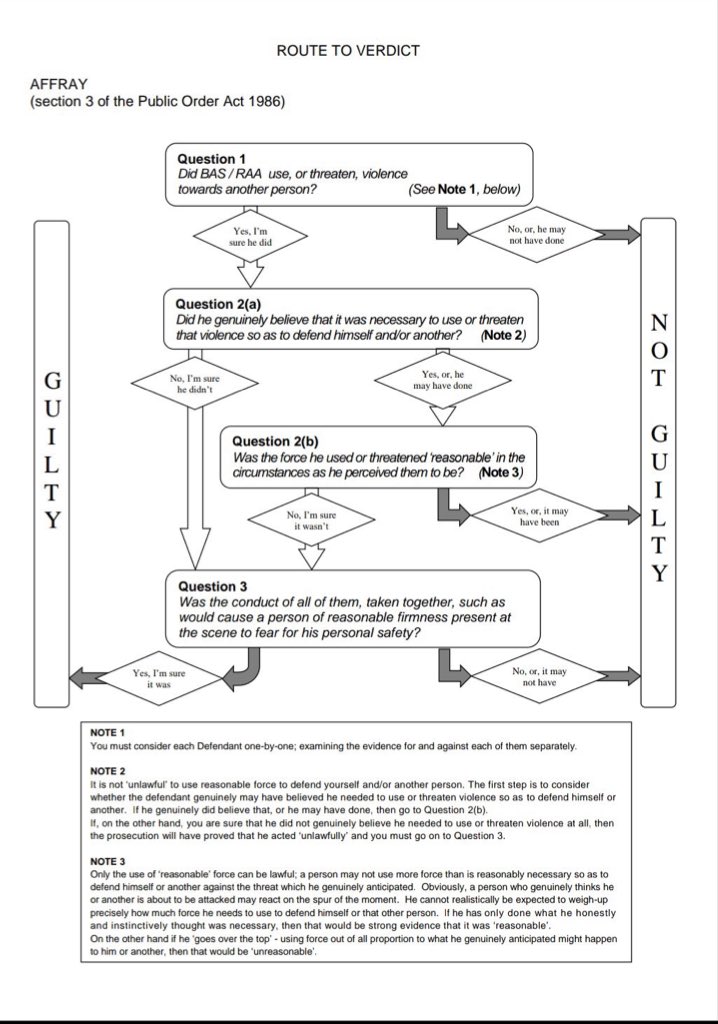A lot of people are asking for my “view” on the #BenStokes verdict. I didn’t see or hear all the evidence, and unless anybody was in court to observe what the jury observed, they are similarly poorly placed to offer comment.
The jury was not sure of guilt. That’s all we know.
The jury was not sure of guilt. That’s all we know.
As I understand from reports, he ran a defence of self-defence/defence of another. It is for the prosecution to prove beyond reasonable doubt (ie to make a jury *sure*) that a defendant was *not* acting in lawful defence of self/another.
For an explainer on how self-defence operates, see here: thesecretbarrister.com/2018/04/05/bas…
As for questions of “why wasn’t a particular witness called to give evidence?”, we simply don’t know. It’s not uncommon for witnesses, even key witnesses, not to be at trial.
Sometimes they refuse to cooperate, sometimes they cannot be traced after the event. We don’t know.
Sometimes they refuse to cooperate, sometimes they cannot be traced after the event. We don’t know.
Important to bear in mind is that a verdict tells us very little. It is not a finding of innocence. It is simply a conclusion that the jury is not sure that the prosecution proved its case and disproved the defence. Proving a criminal case is a high threshold to meet.
I’ve just seen this, courtesy of @kirkkorner. It’s the “route to verdict” given to the #BenStokes jury, setting out all the issues they had to consider. More courts should publish these in high-profile cases; they’re invaluable in helping the public understand the law. 

• • •
Missing some Tweet in this thread? You can try to
force a refresh








